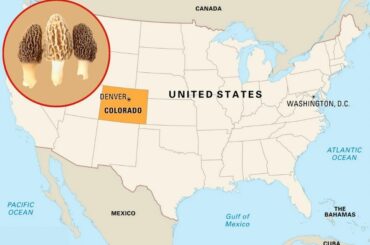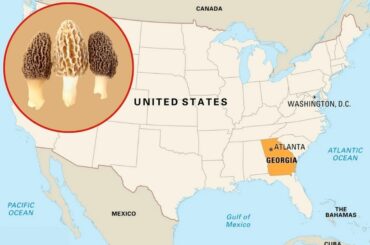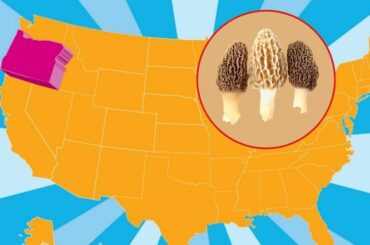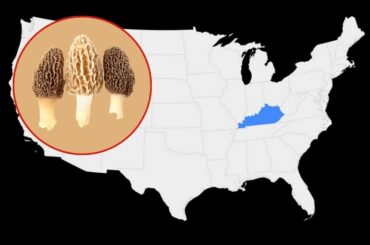This is a common European fungus associated with rotting wood. They belong to the genus Peziza of the family Pezizaceae. The common names of Peziza varia are Palomino cups or recurved cups. This is a species of apothecial fungi, which has a discoid or cupped body bearing asci on the exposed flat or concave surface. This mushroom can have a range of colors from pale brown to chestnut brown, depending on the stage of the cycle they are in.
Peziza varia is distinguished by having flesh in layers when cut. The layers can be seen under a hand lens. The fruiting body grows to an average size of 5-6 cm and can be found solitary or in small clusters. The inner surface of the cup is smooth and brown, the outer surface is pale, almost white. This species is similar in appearance to Some other species of the same genus
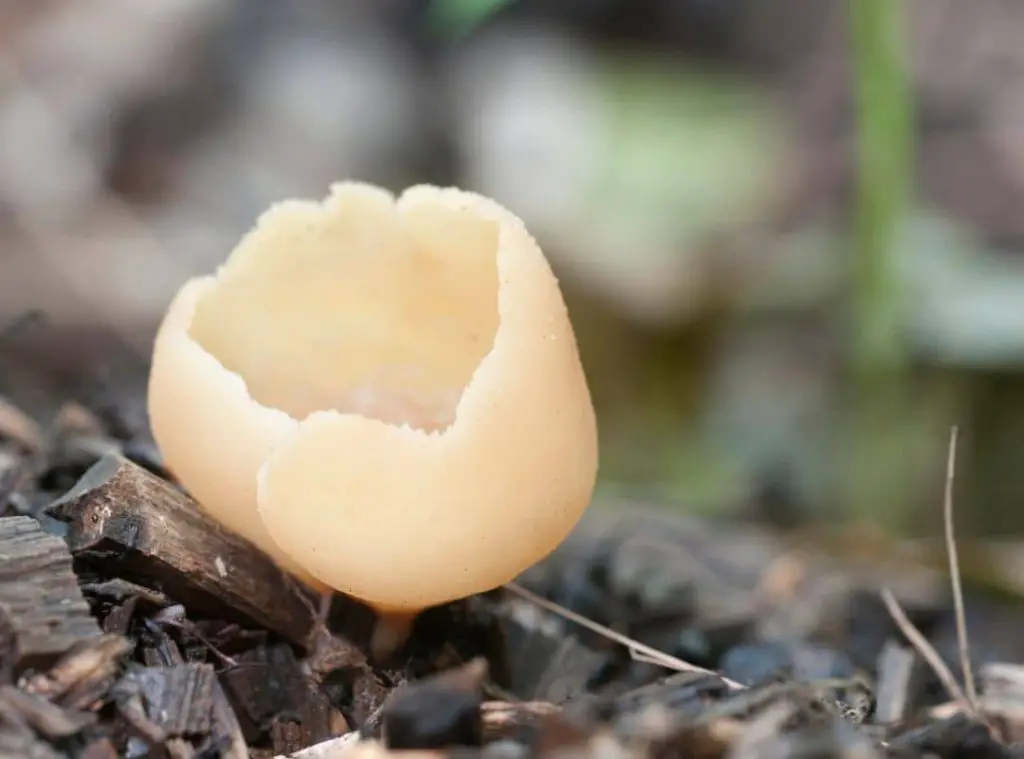
How can you identify the Peziza varia?
Contents
- 1 How can you identify the Peziza varia?
- 2 What size is Peziza varia?
- 3 Where can we find Peziza varia?
- 4 When does Peziza varia grow?
- 5 Is Peziza varia poisonous?
- 6 Can I eat Peziza varia?
- 7 Where can I buy Peziza varia?
- 8 Symptoms of Peziza varia poisoning
- 9 Legal status of Peziza varia
- 10 Peziza varia look-alikes
- 11 Conclusion
Cap
The cap of this mushroom is overturned and shaped like a cup. At maturity, this cup has a brown upper surface. The center of the cup is wrinkly. When the mushroom is young, the cup is round and with maturity, the cup turns to a flattened-irregular shape. It does have a stem and the cup attaches to the substrate at the center. The flesh of the cup is thin and brittle.
The color can be in a range from light brown to chestnut-brown and sometimes tinged reddish-brown. The upper surface of the cup is smoother and brown colored. The size can be 2 cm to12 cm across. The surface under the cup is whitish and minutely fuzzy
Gills
The gills of this mushroom is white to light gray and minutely fuzzy.
Stem
As the name, Peziza denotes, this mushroom does not have a root or stalk.·
Spore print
The spore print of this mushroom is white in deposit.·
Microscopic features
The spores are 11–16 x 6–10 µm in size. They are smooth on the surface and elliptical in shape without oil droplets. Asci of Peziza varia is eight-spored, up to 225 x 15 µm
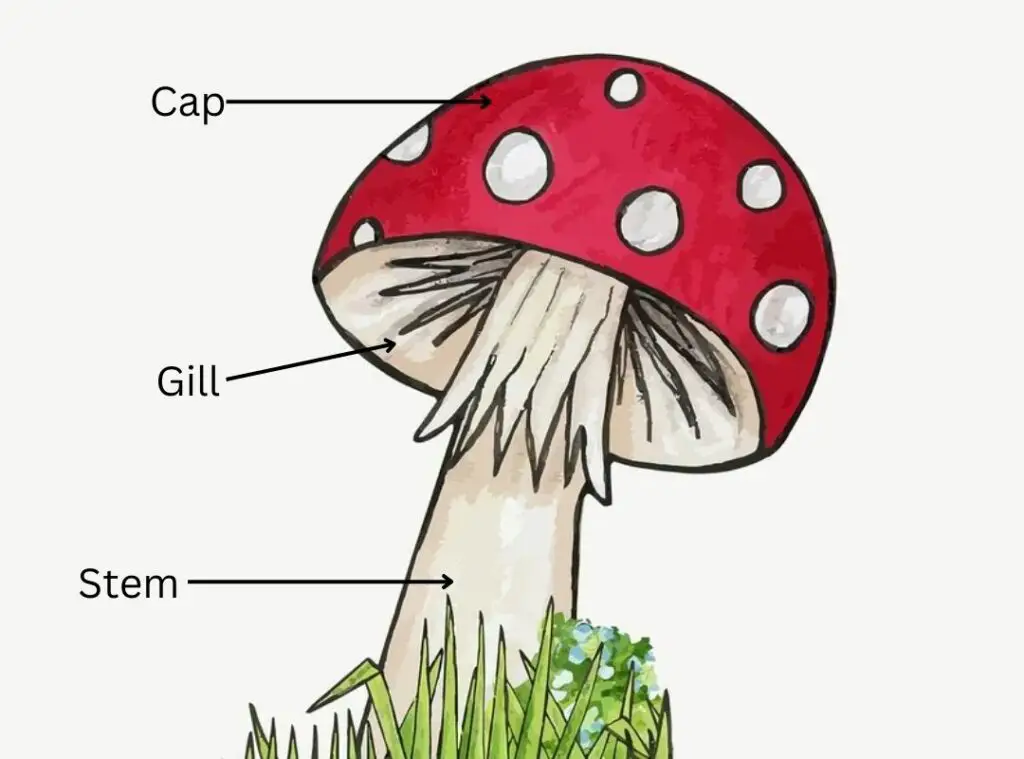
What size is Peziza varia?
This mushroom cup can have a size range from 2 cm to 12 cm across.
Where can we find Peziza varia?
This mushroom is mostly found in the temperate regions of America and Europe. These grow well on decayed logs, wood chips and sawdust. They usually prefer the wood of hardwood. They can also grow in soil which contains decayed wood. This mushroom can be seen both in solitary and in clusters. They are widely distributed and common in temperate regions and fruit throughout the mushroom season.
When does Peziza varia grow?
This mushroom is commonly found in cold-weather regions. In temperate regions, this variety of cup mushrooms grows well in spring and autumn. They can sometimes grow in summer as well.
Is Peziza varia poisonous?
Peziza varia is not poisonous at lethal levels
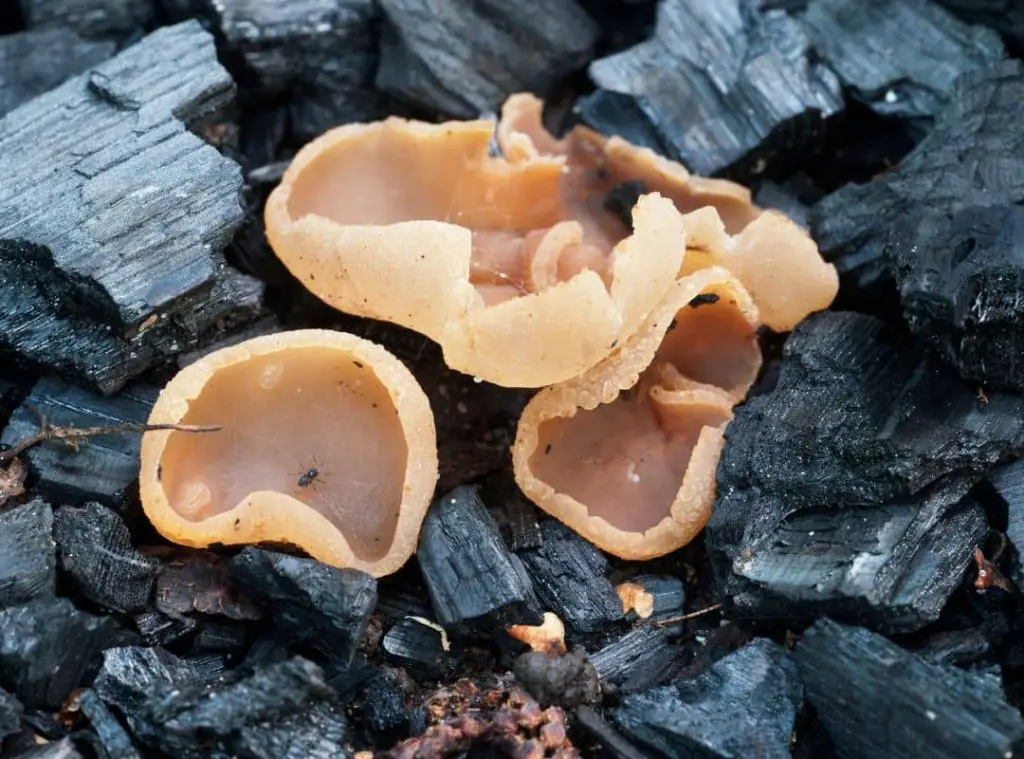
Can I eat Peziza varia?
Peziza varia is not lethally poisonous but is not edible. Some species in the Peziza genus such as Peziza badia are reported as edible when cooked thoroughly but can upset the stomach when eaten raw or half cooked.
Where can I buy Peziza varia?
Peziza varia is inedible and is not reportedly used for a specific purpose, medicinal or otherwise. Therefore this variety of mushrooms does not have a recognized market value.
Symptoms of Peziza varia poisoning
The mushrooms of this genus are reported to cause an upset stomach when consumed but are not lethal.
Legal status of Peziza varia
There is no information found on the legal status of Peziza varia. It is not recognized as a prohibited variety of mushrooms.
Peziza varia look-alikes
There are about 100 identified species in the Peziza genus. They more or less look similar to each other. Most Peziza varieties have shades of fawn or brown. Definite identification is difficult without a thorough microscopic examination of the spores. Some of the species which are similar in outer appearance are; Peziza arvernensis, P. domiciliana, P. vesiculosa, and P. violacea.
Conclusion
Peziza varia is a fungus that belongs to the genus Peziza. It has a brown-colored cup-like fruiting body. The surface under the cup is often whitish. This variety of mushrooms is non-edible and does not have a specific use, hence no market. It is not lethally poisonous, although can cause stomach discomfort when consumed. This variety grows on decaying wood in the temperate region throughout the mushroom season. The species in the genus Peziza are more or less similar to each other, therefore need to be well examined to identify the exact species.
Read Next : Common Mushroom Growing Problems

